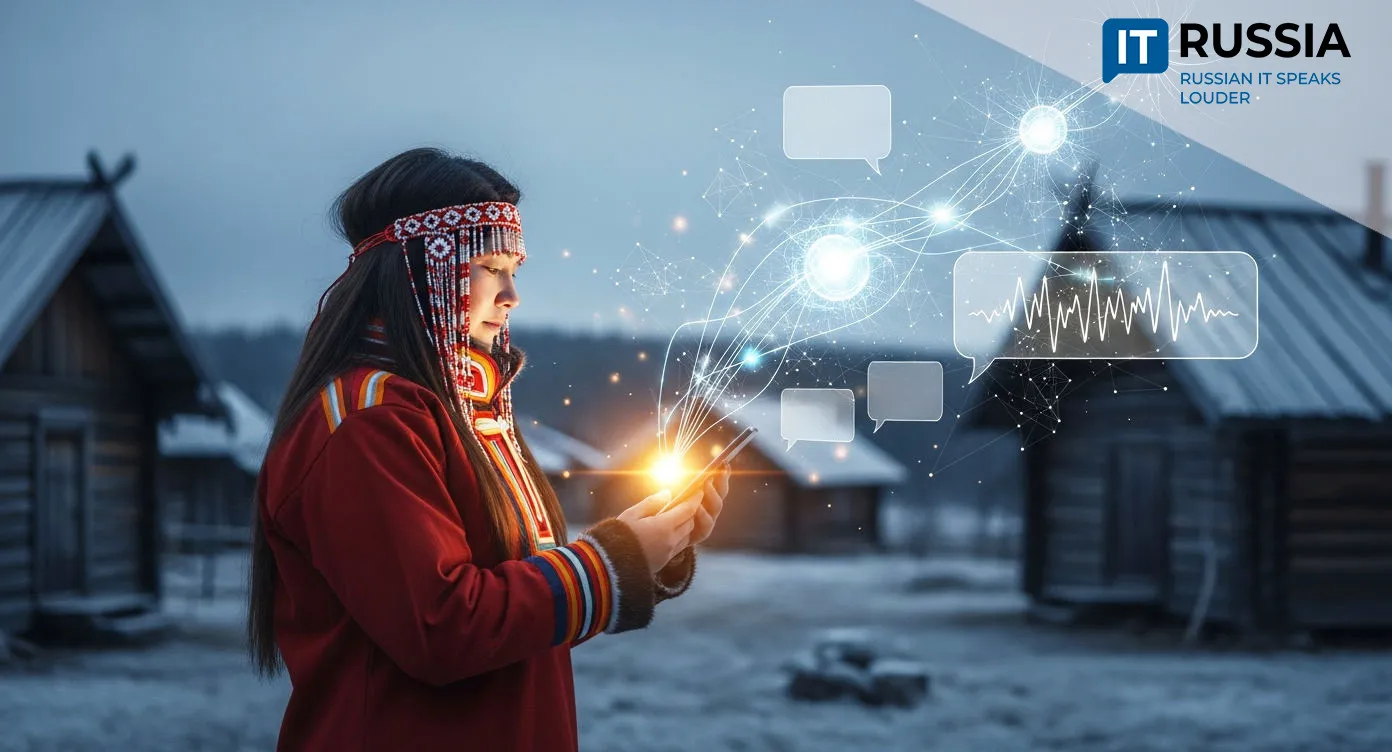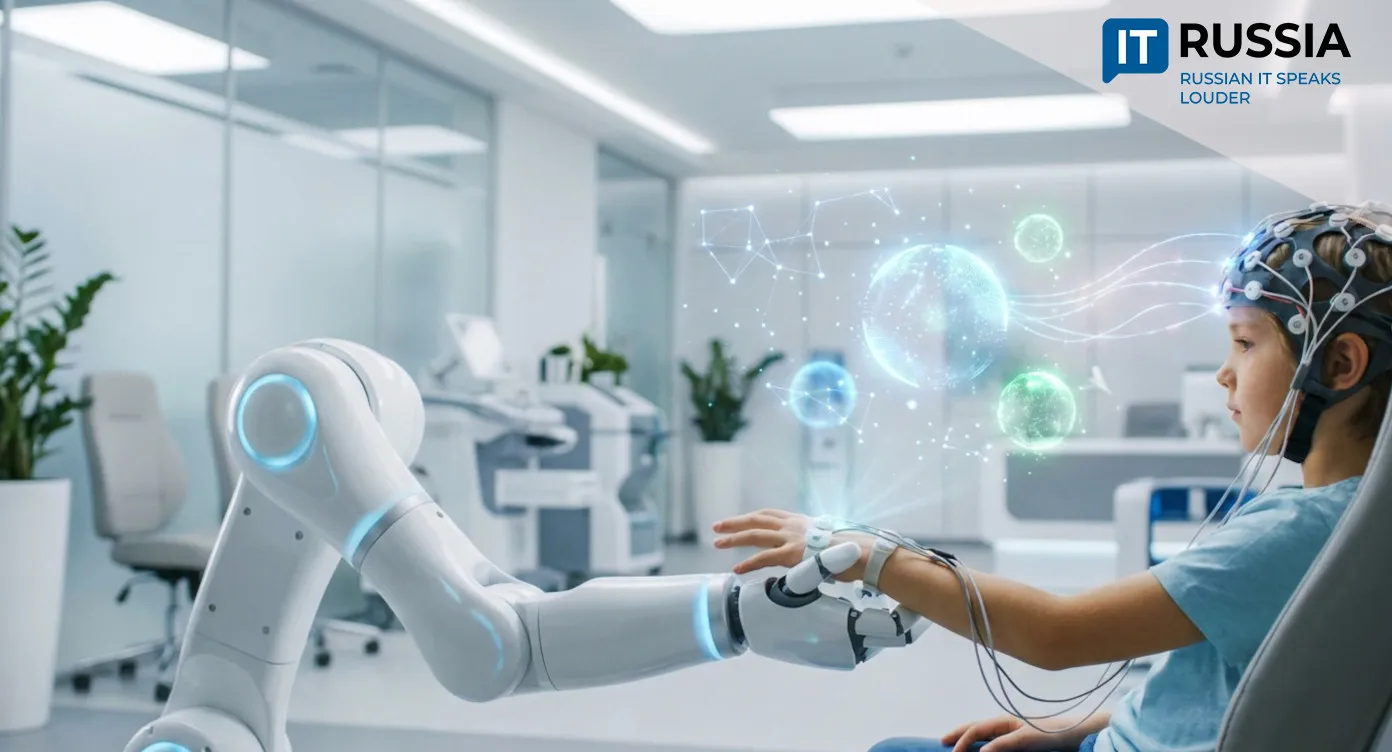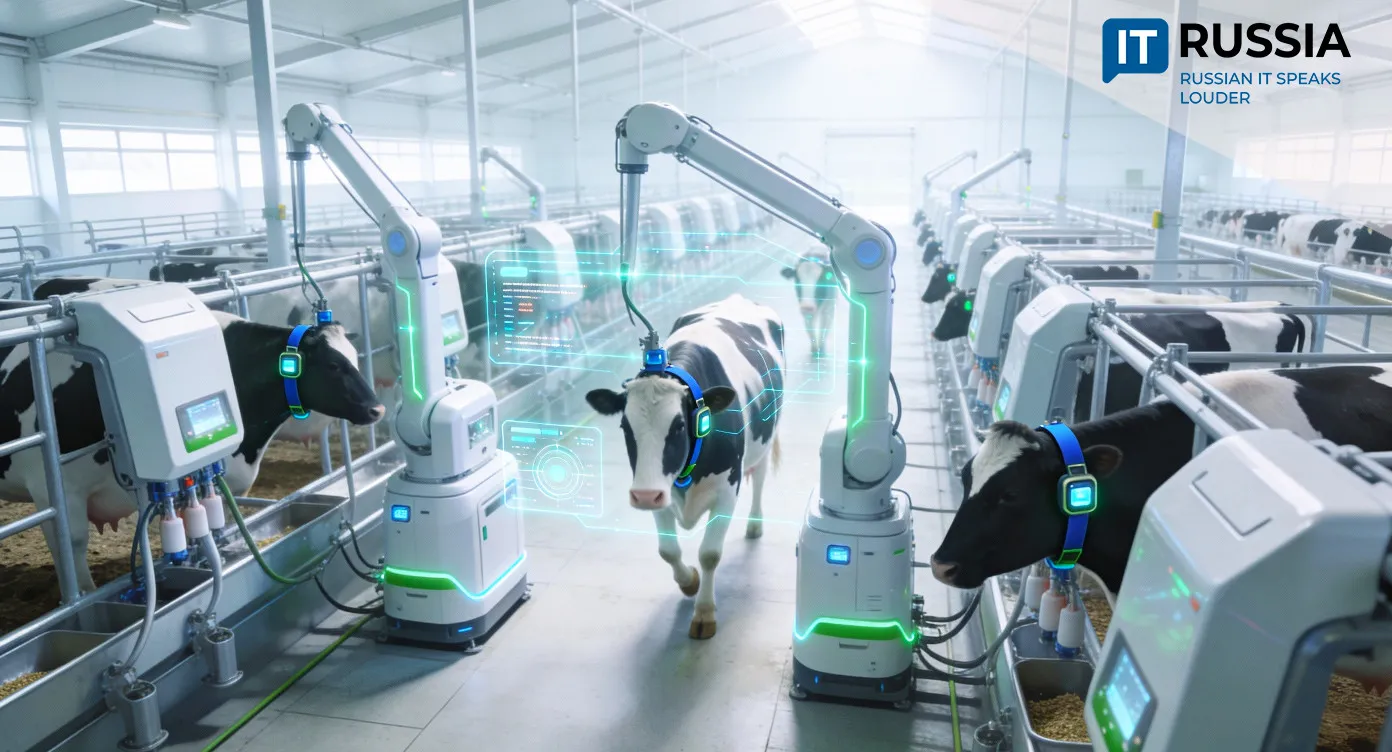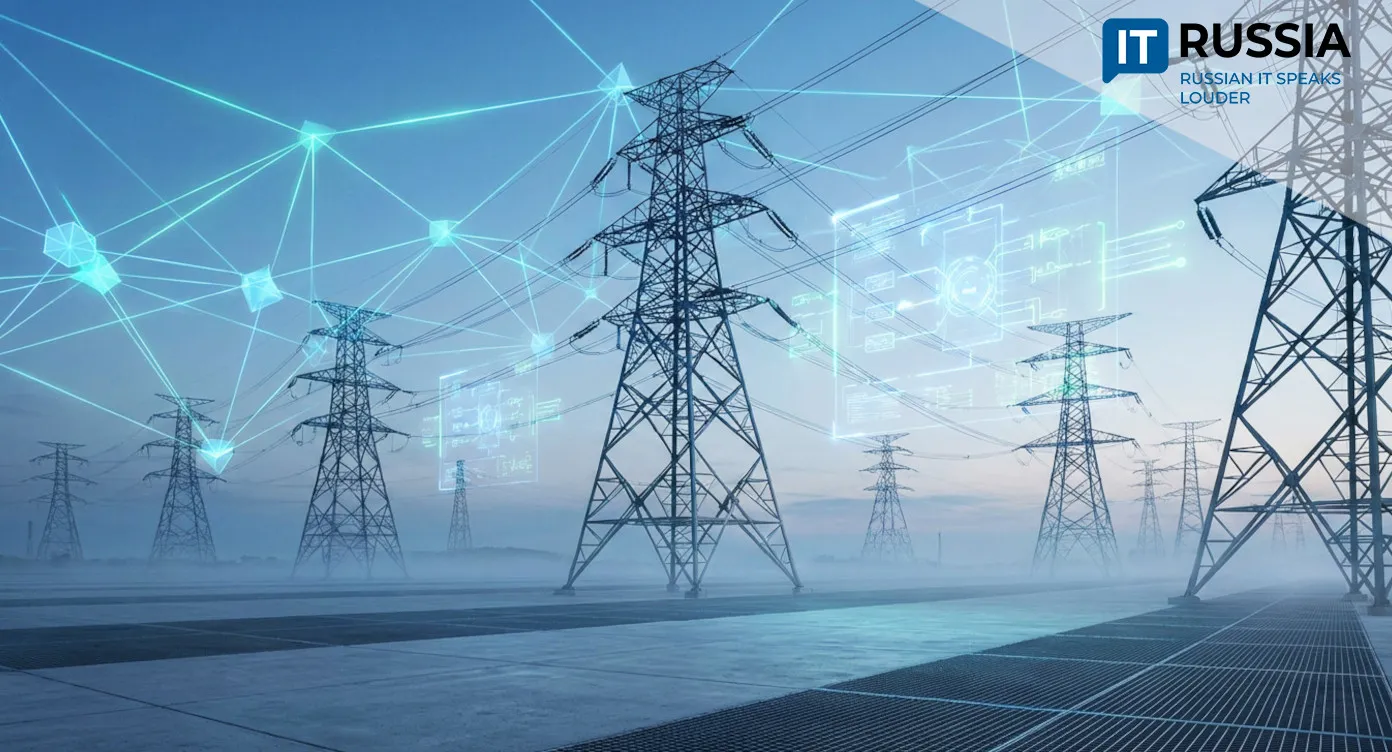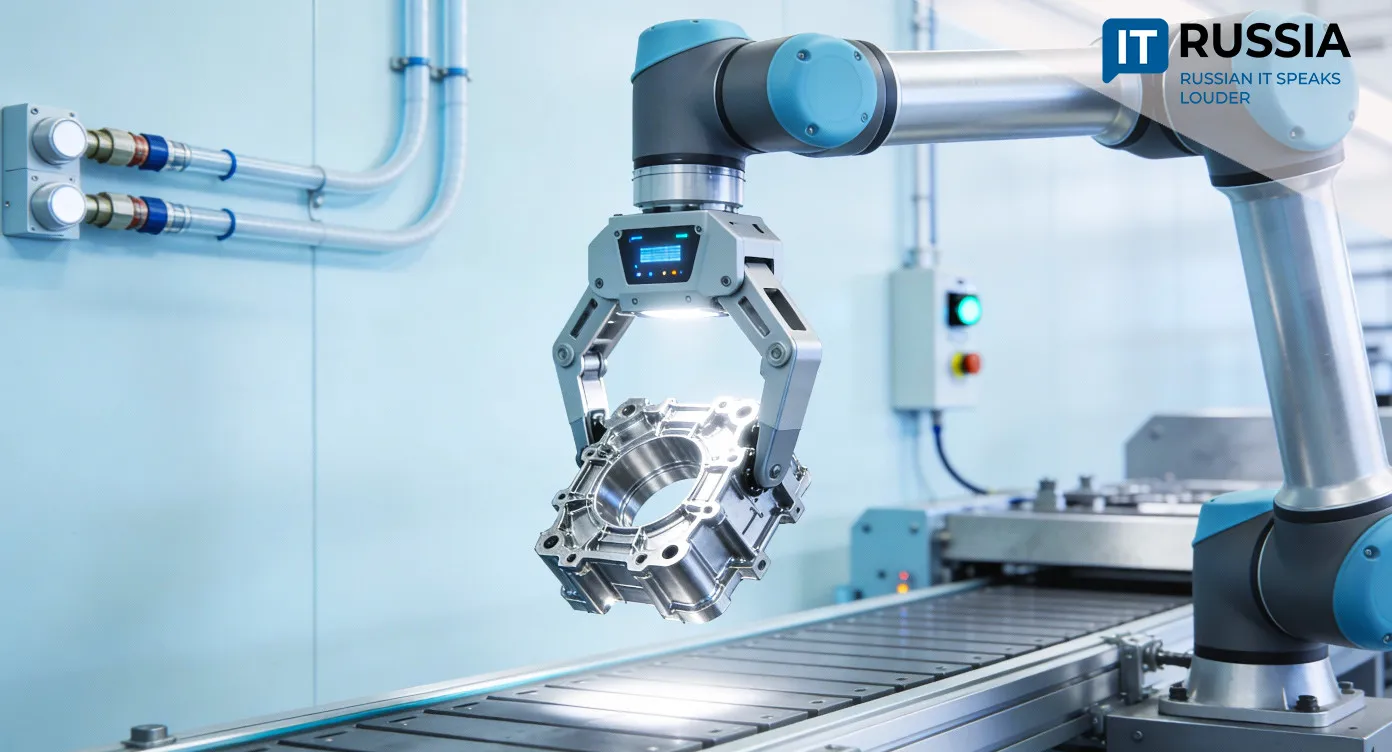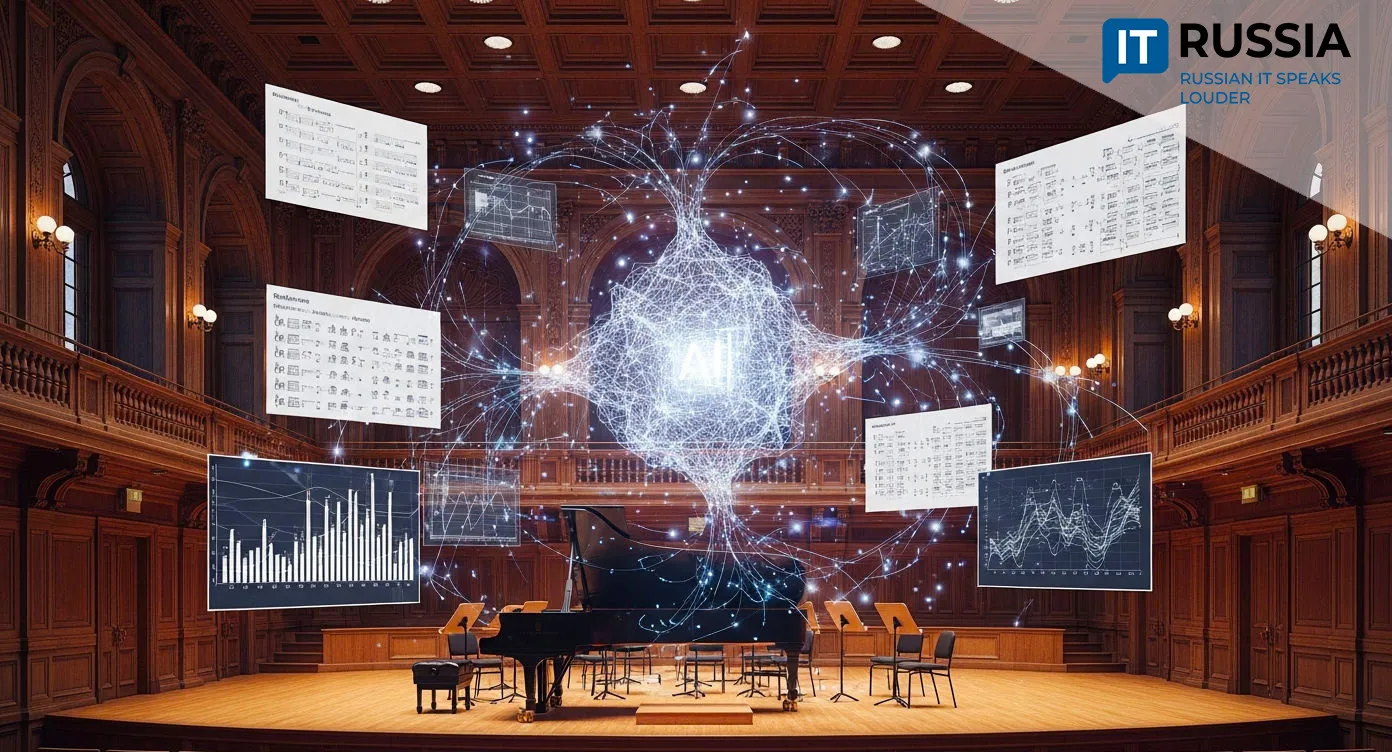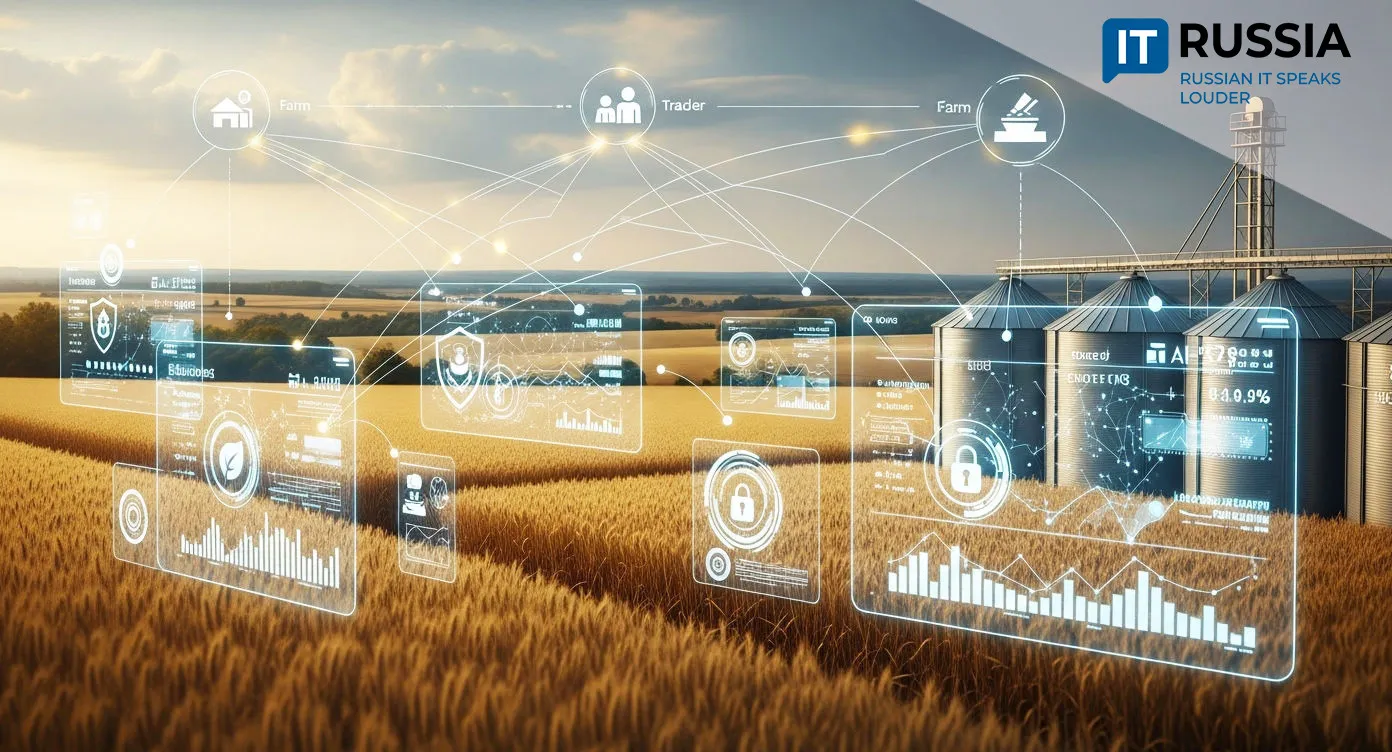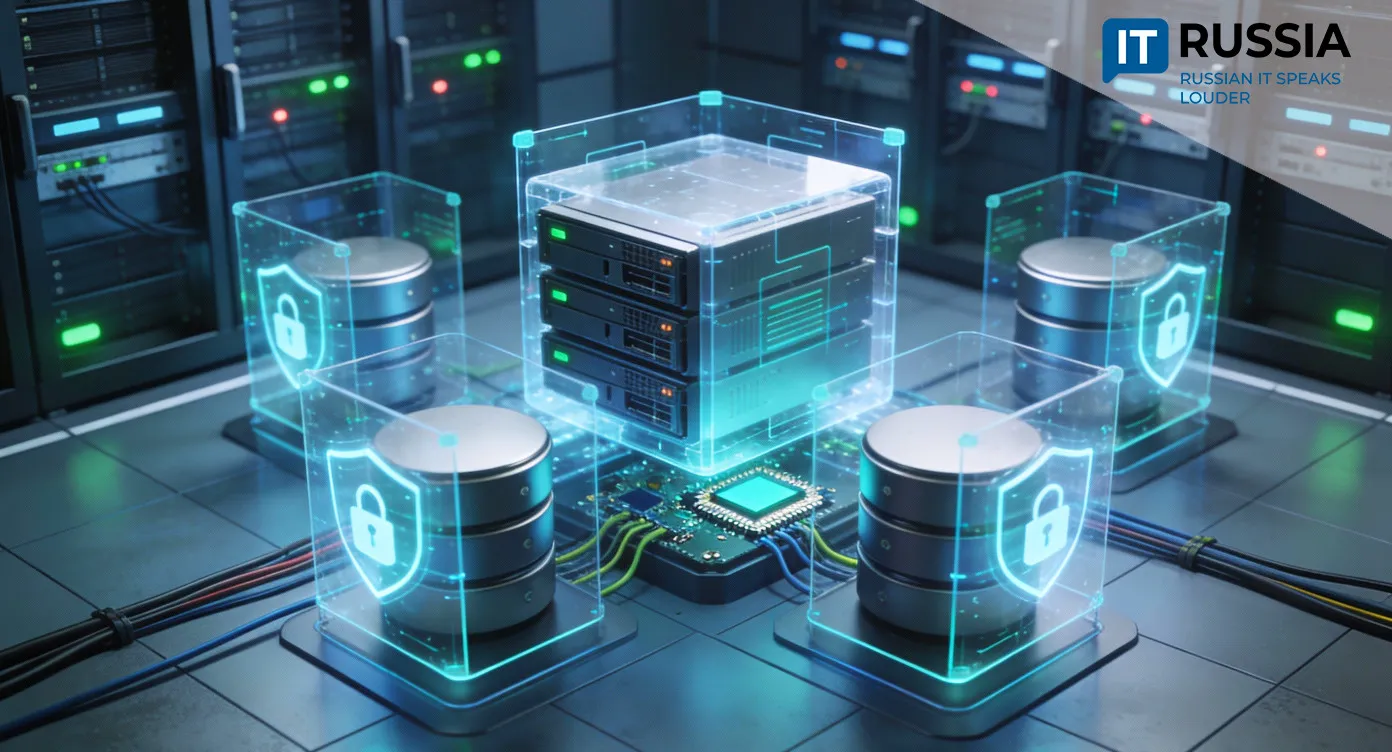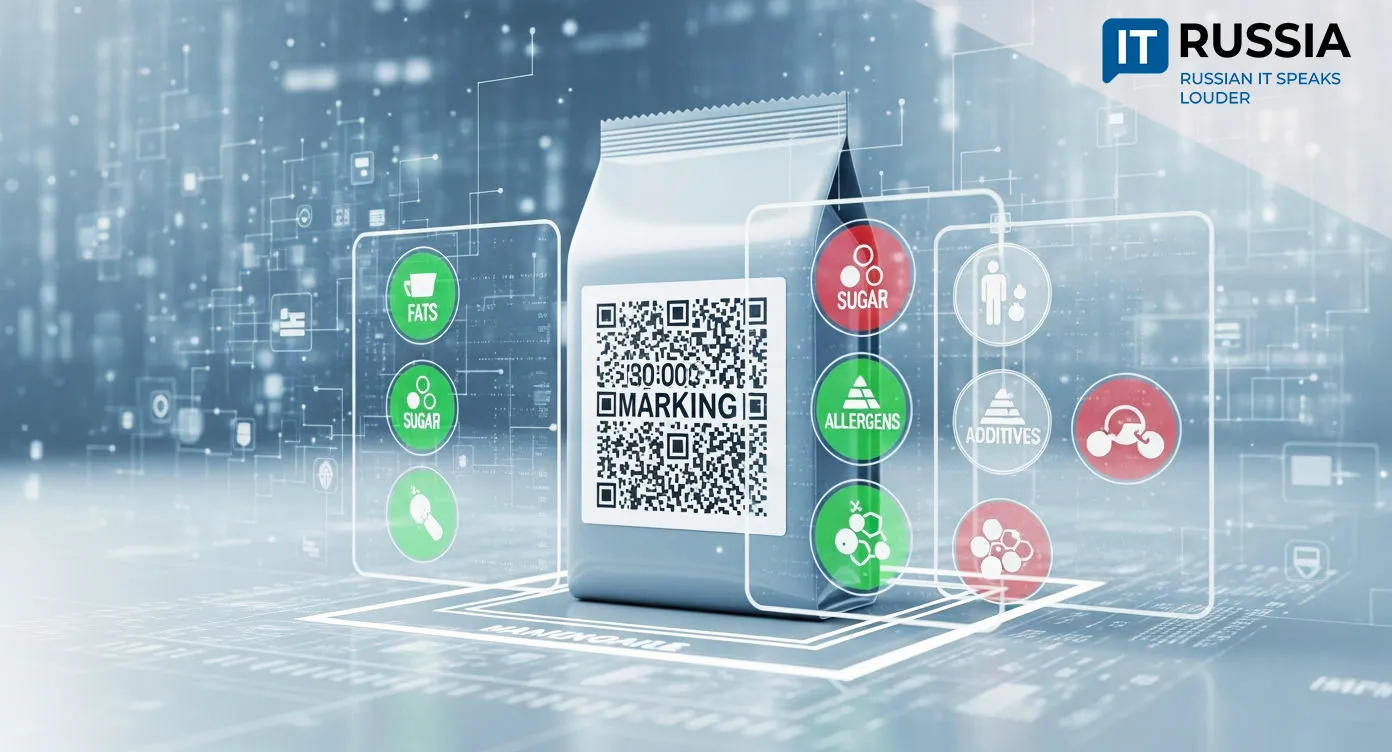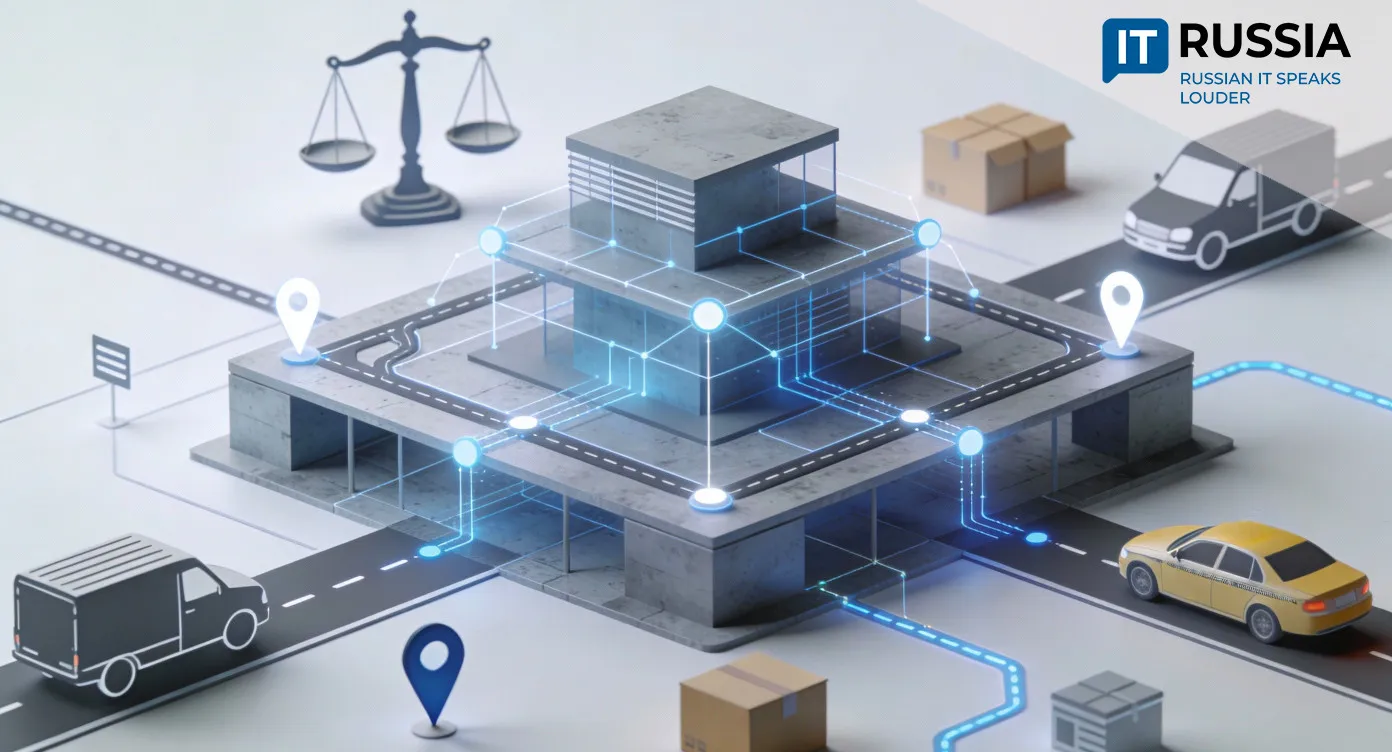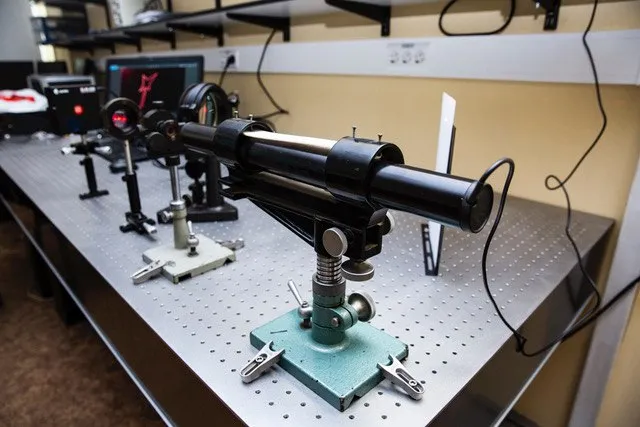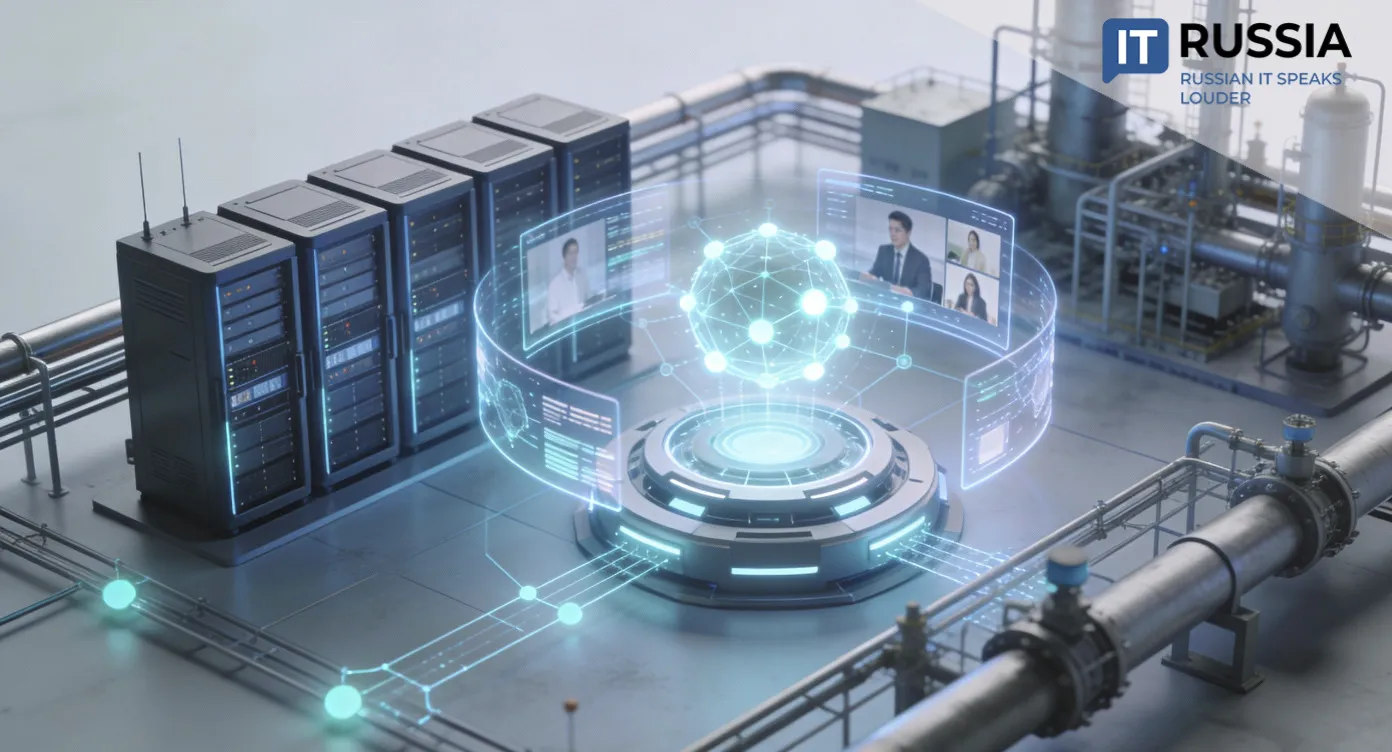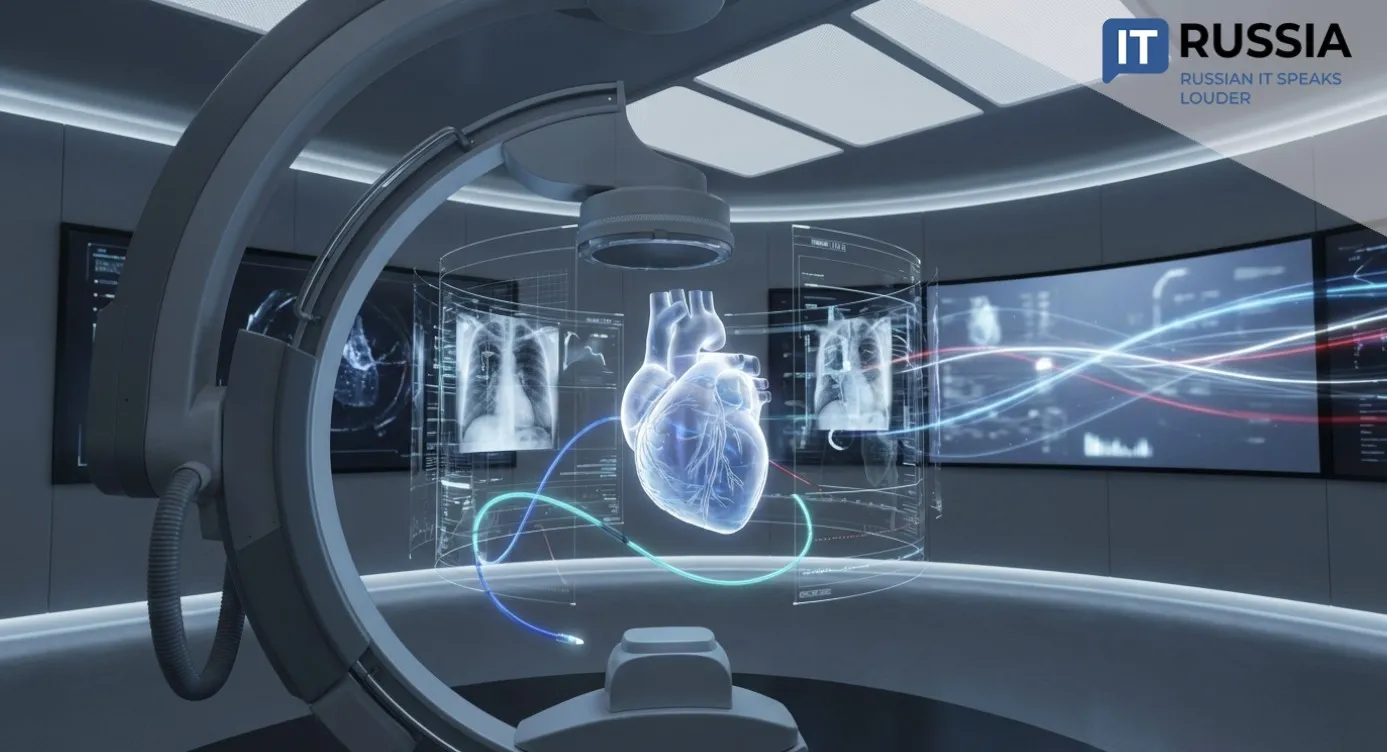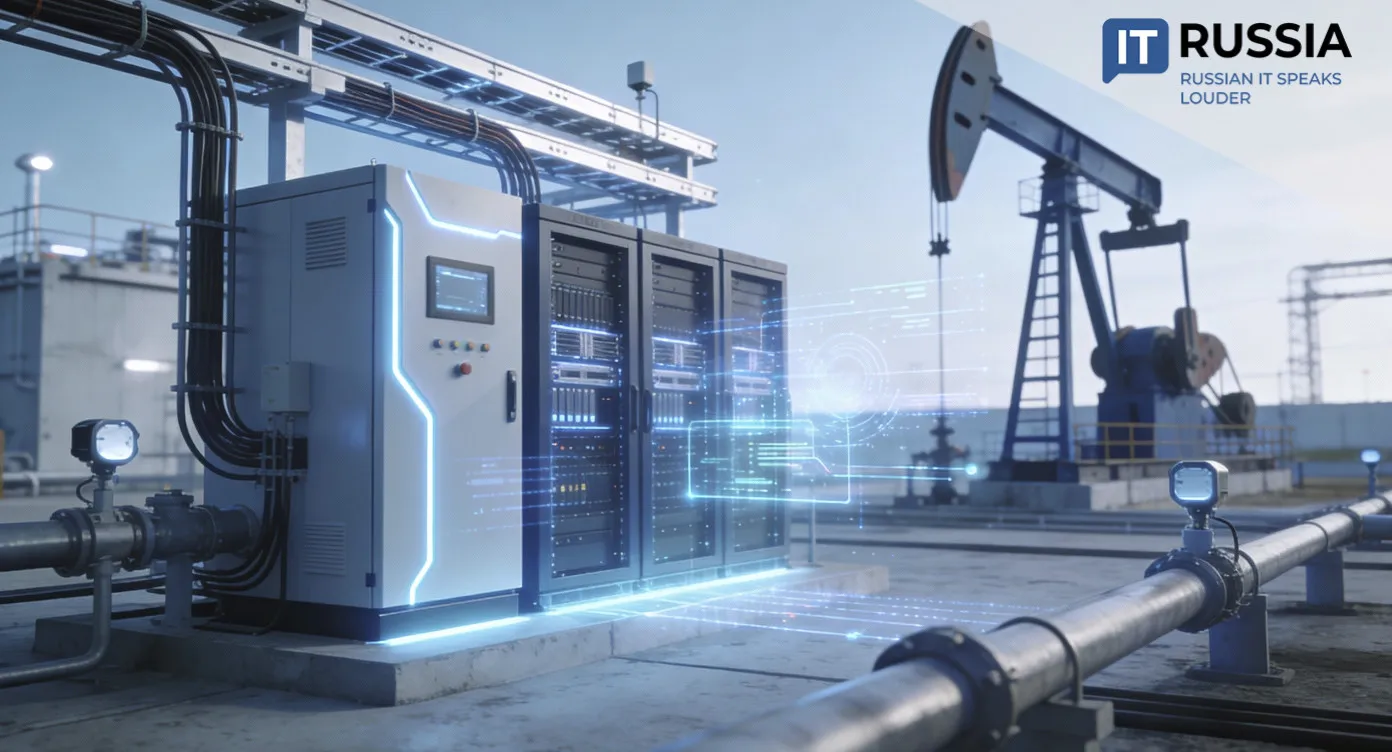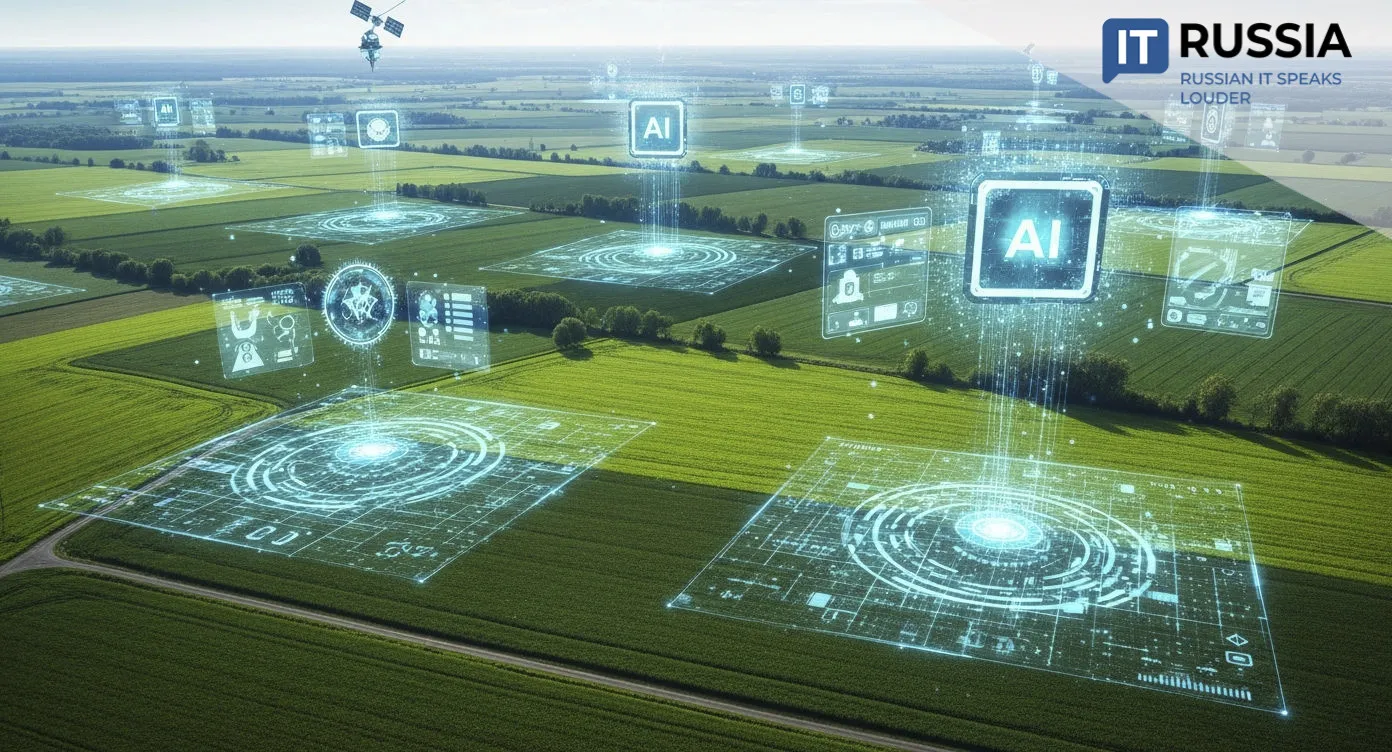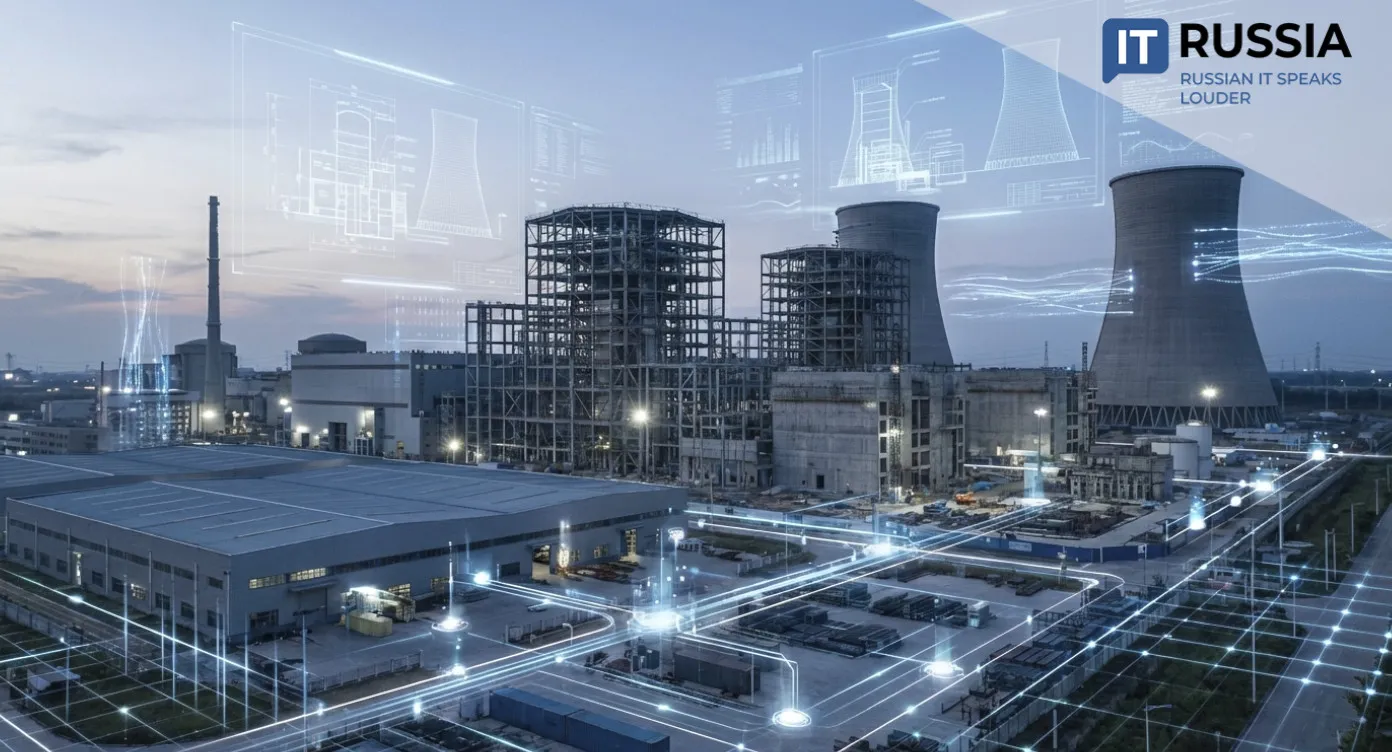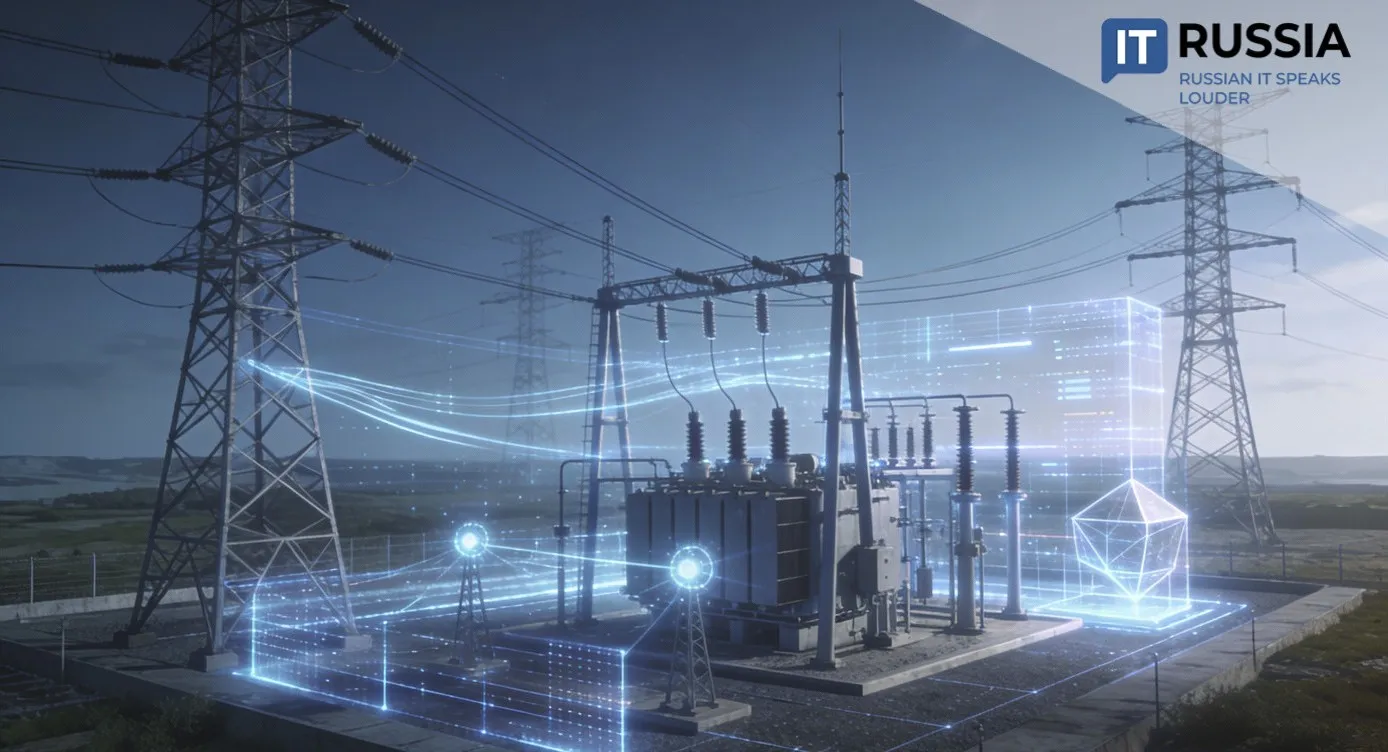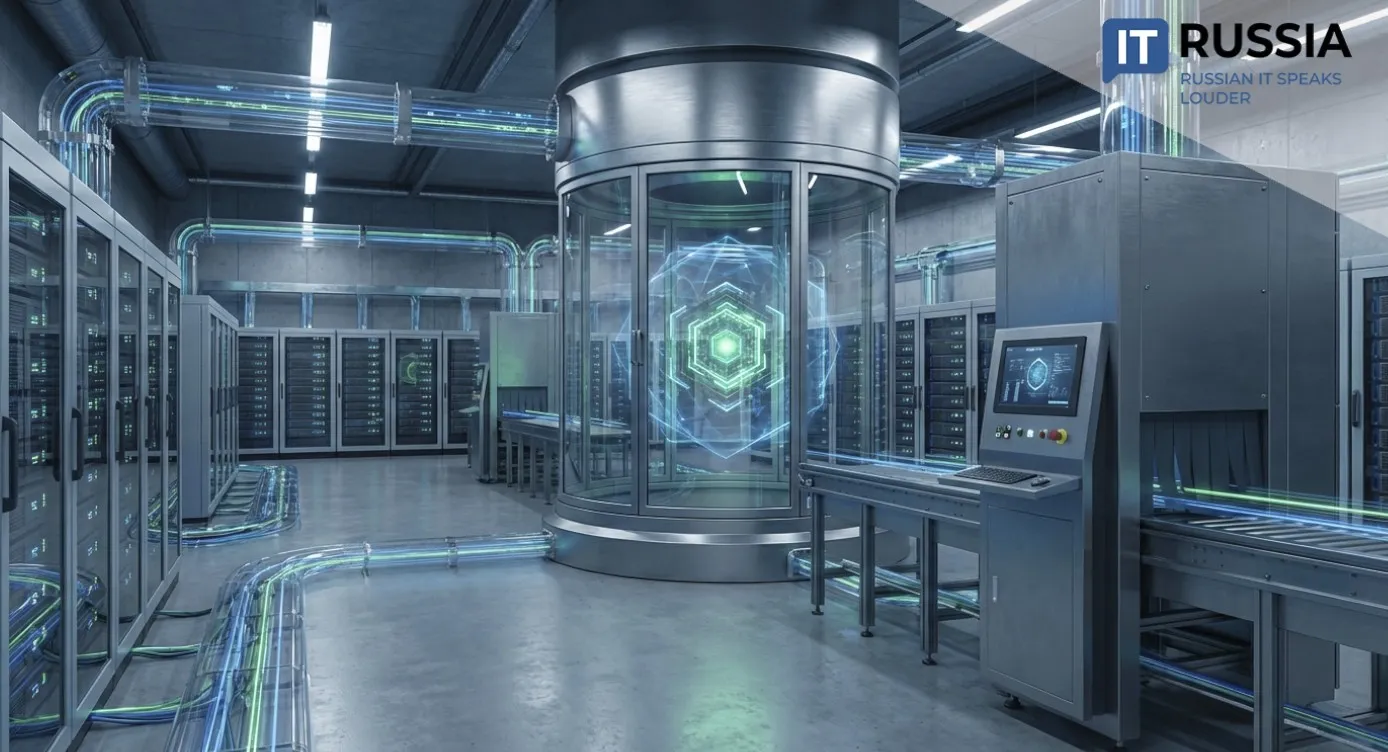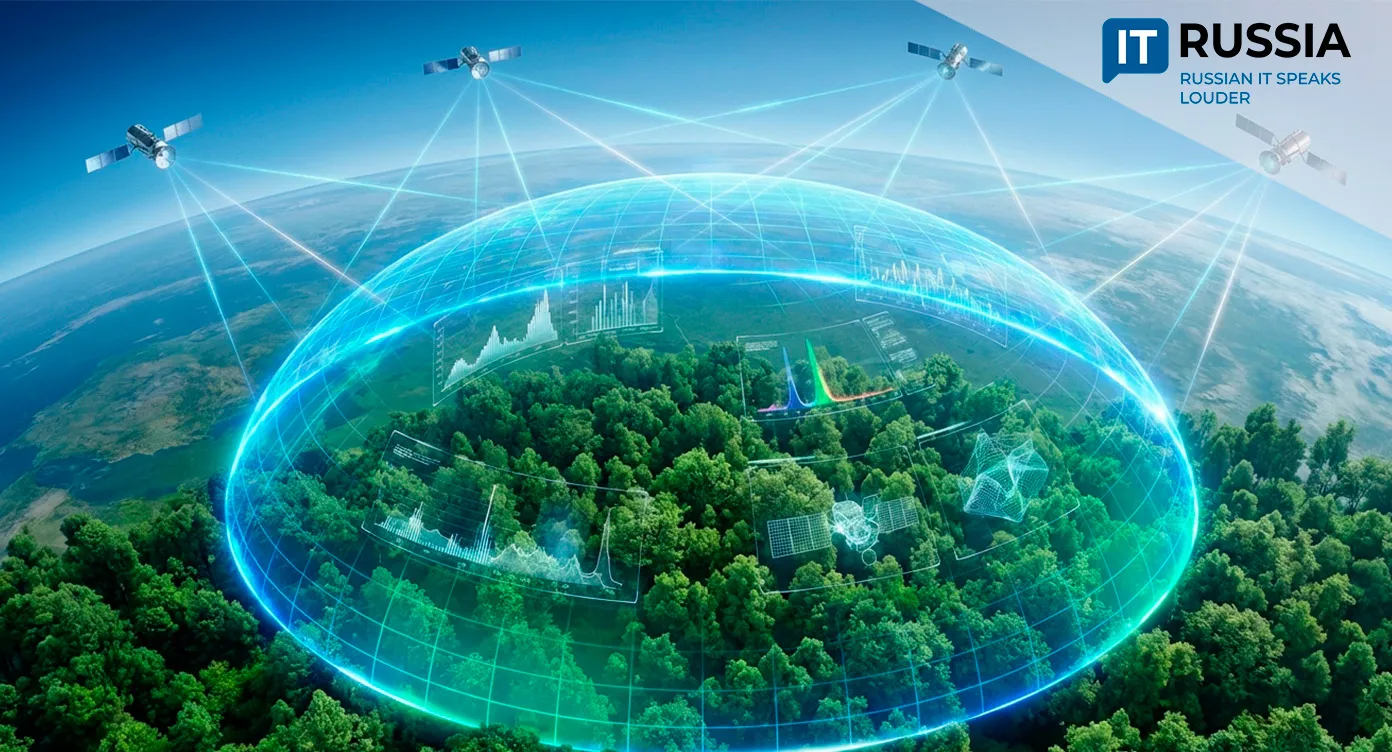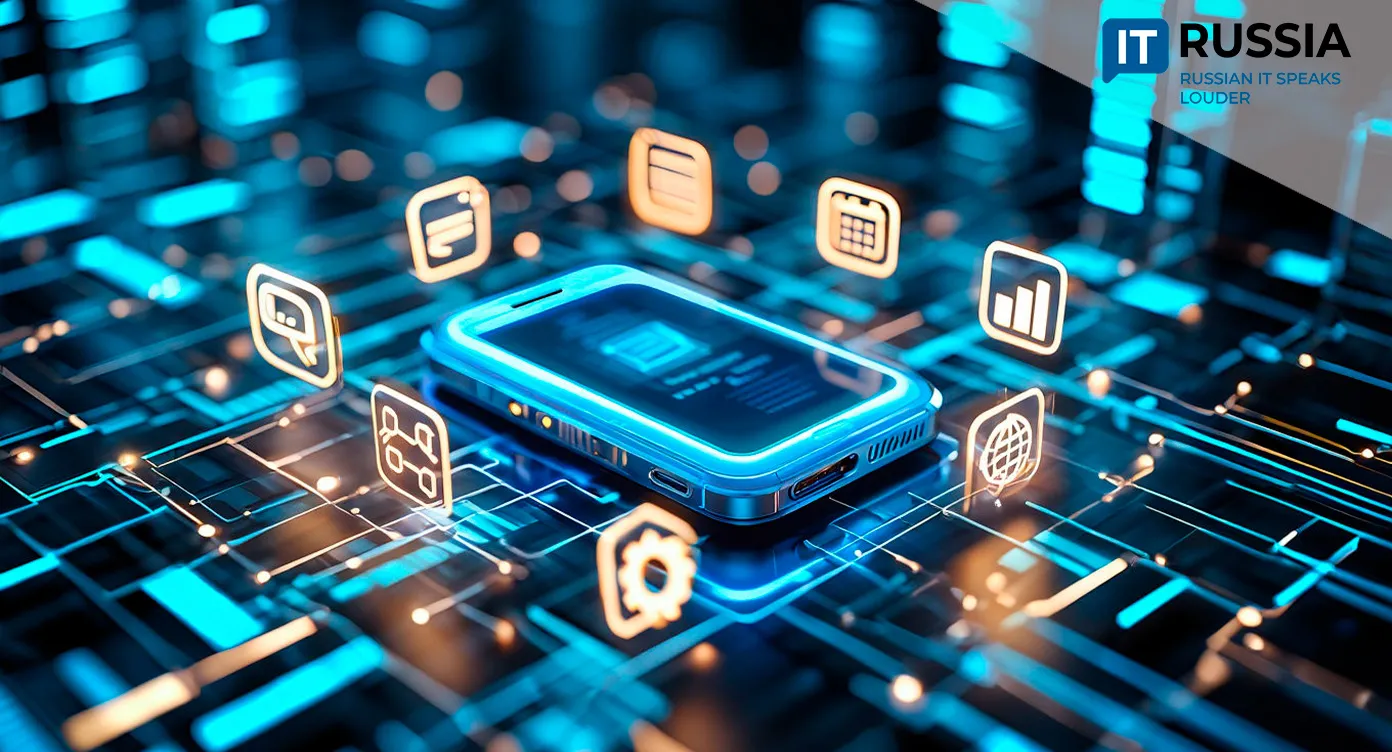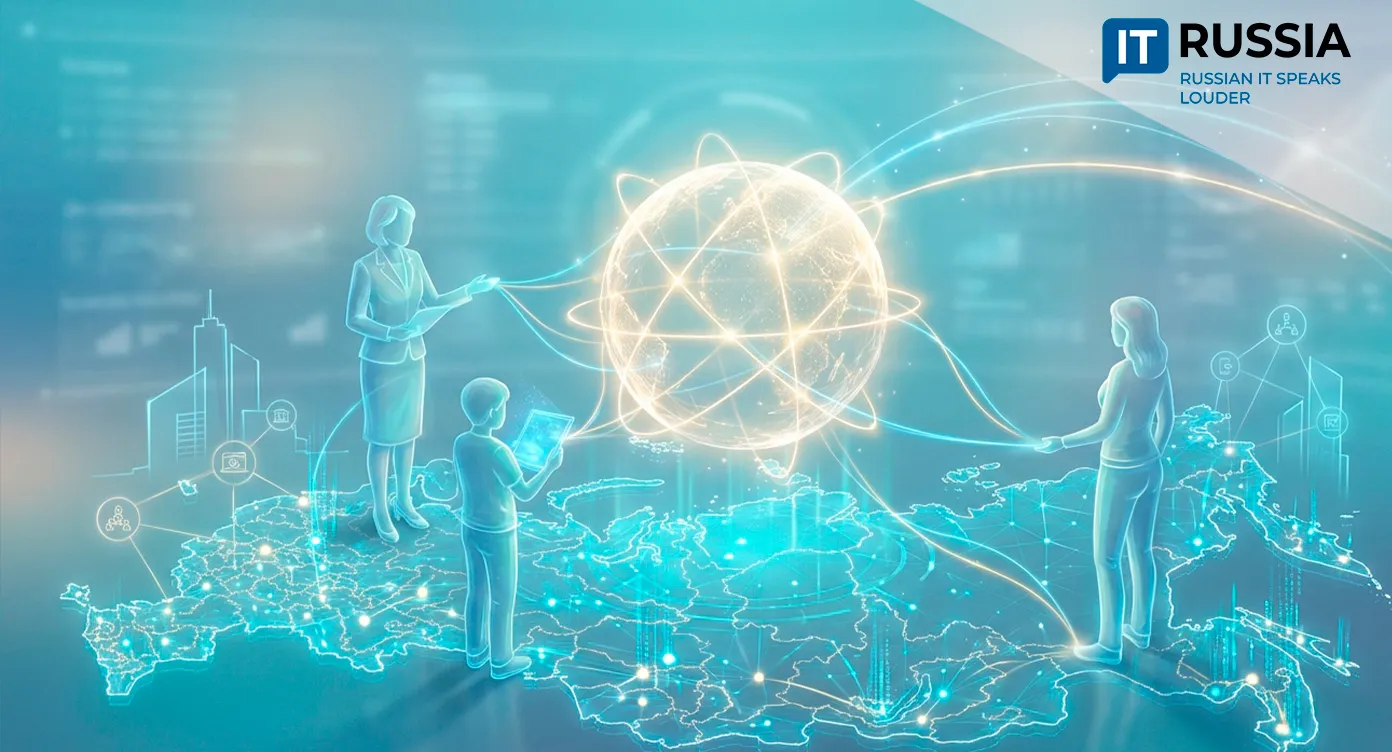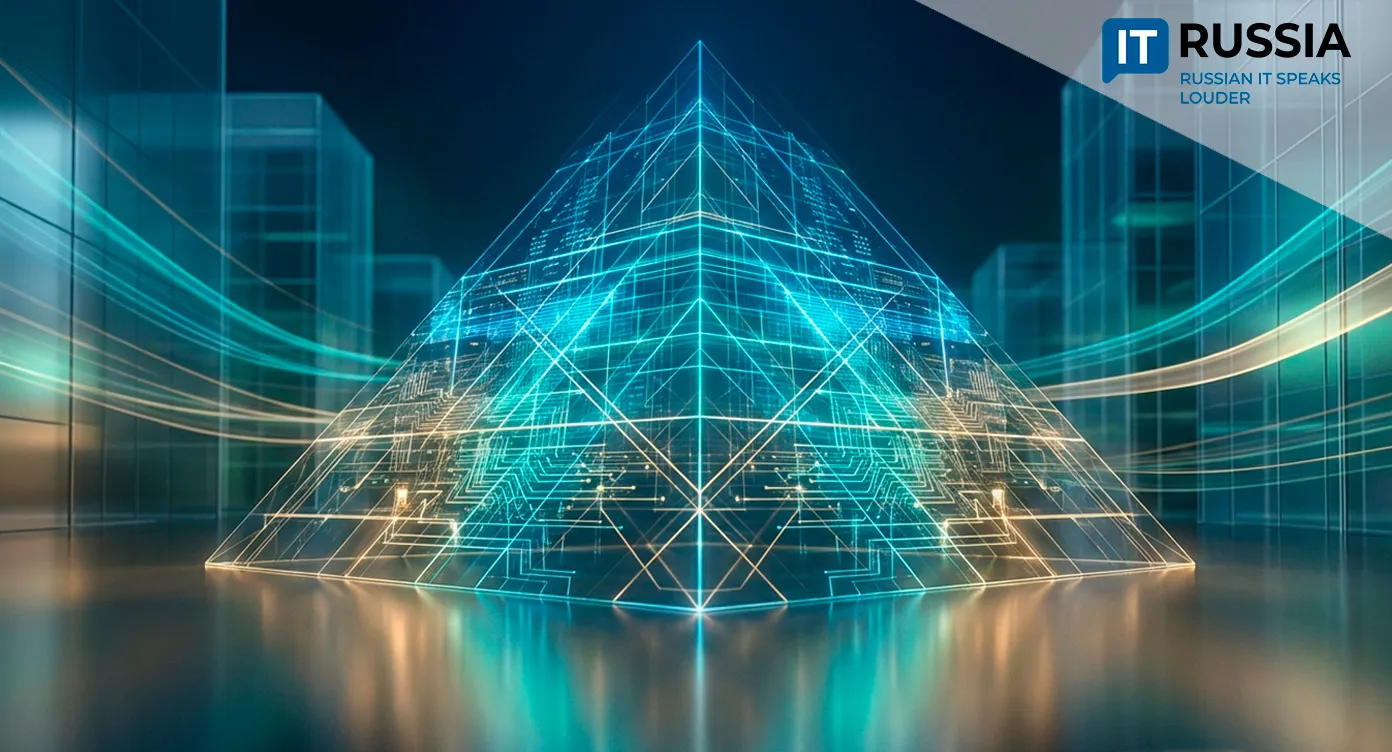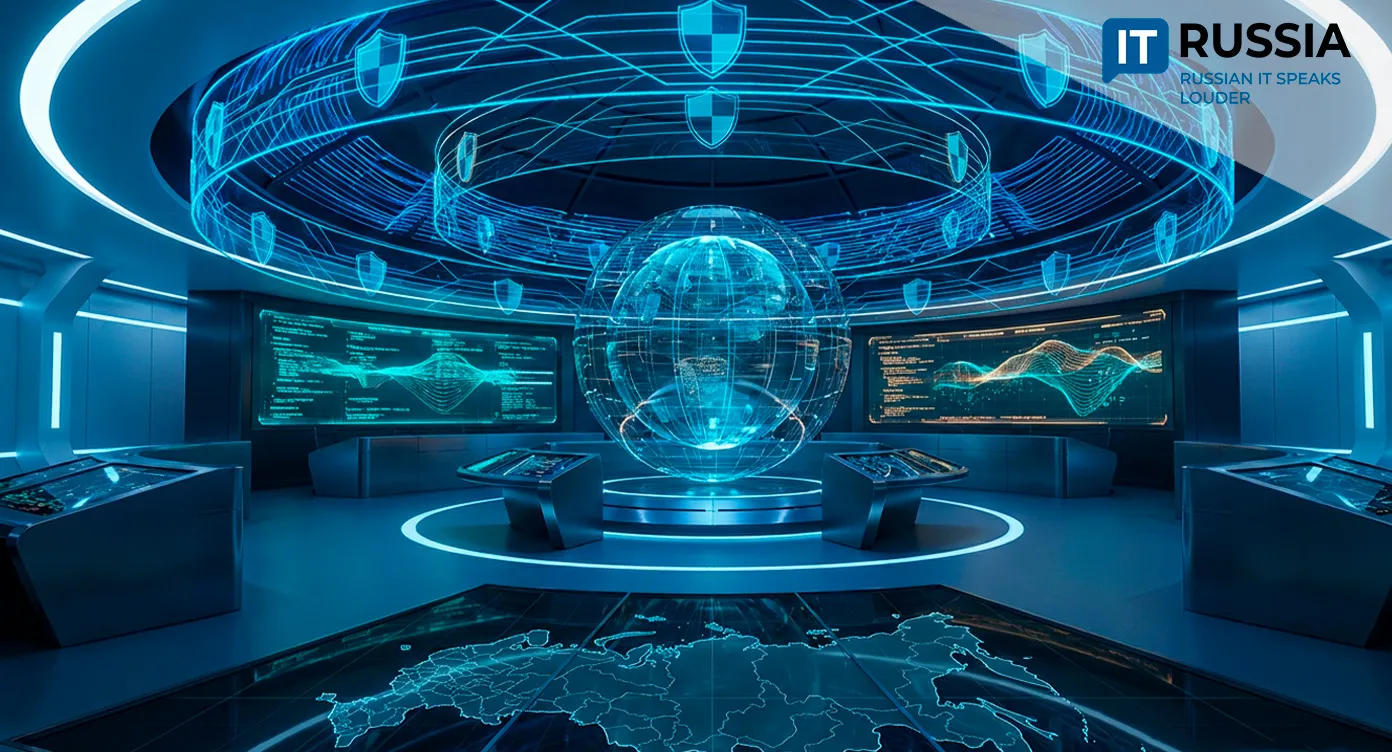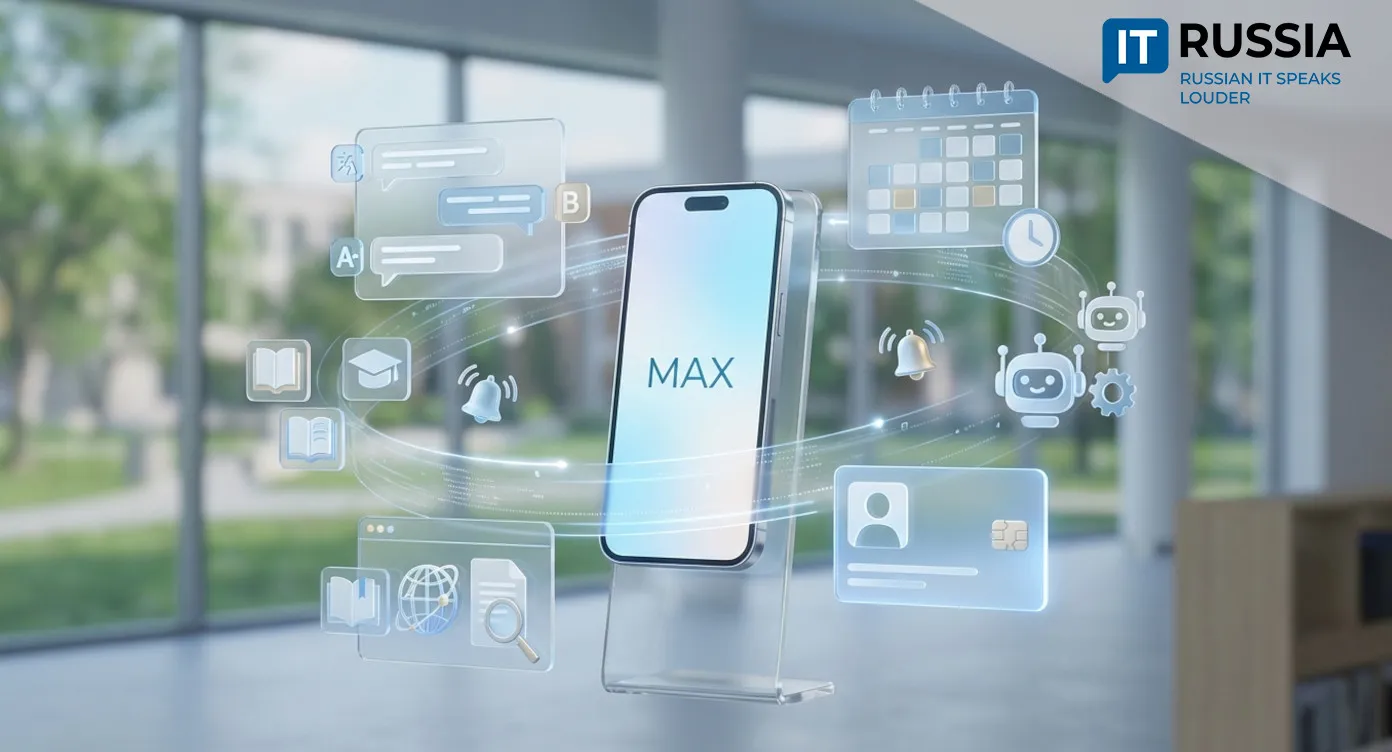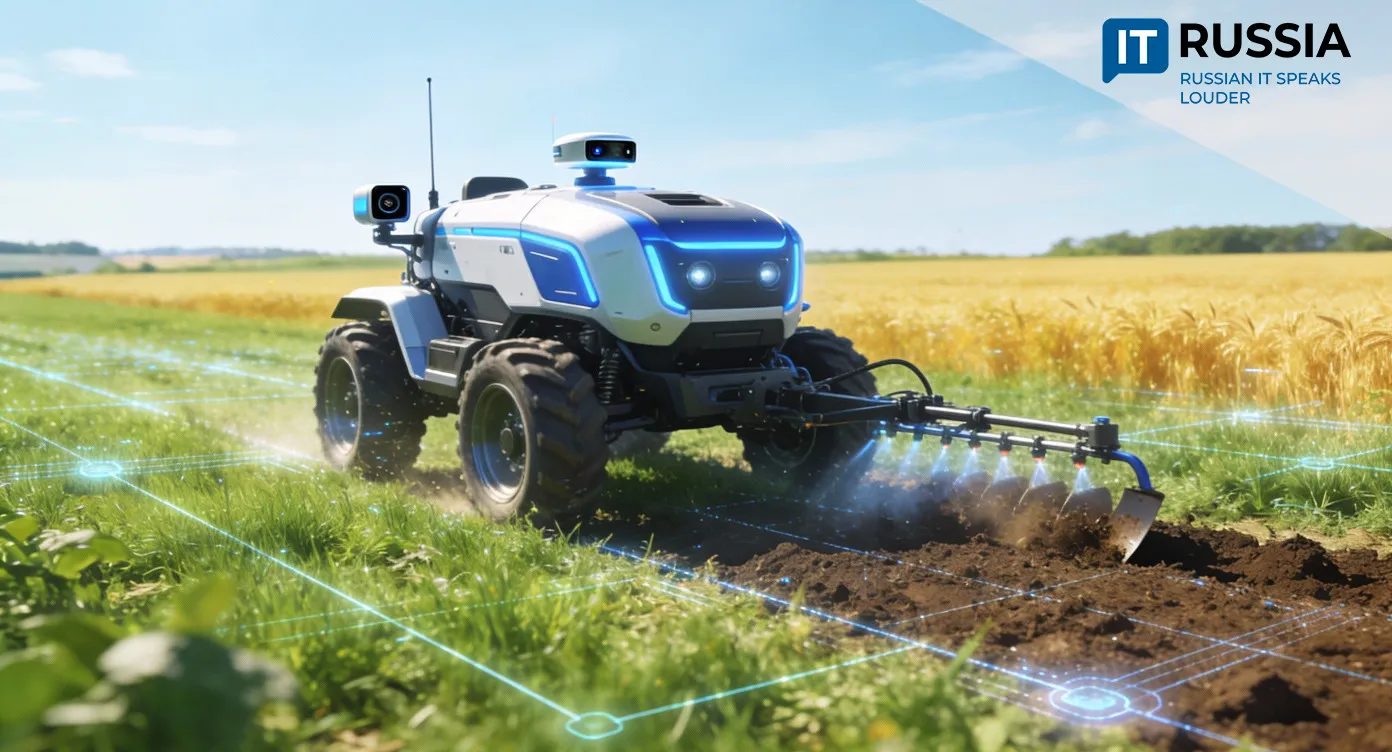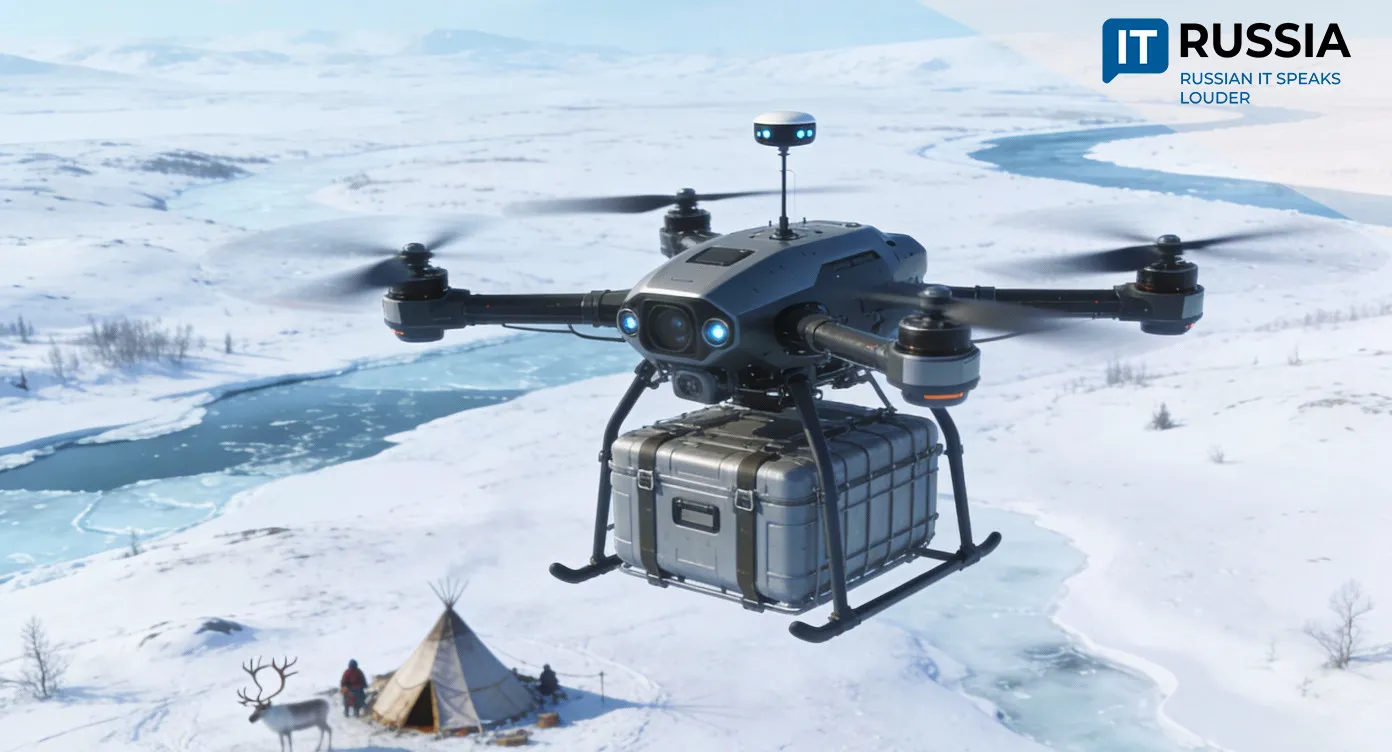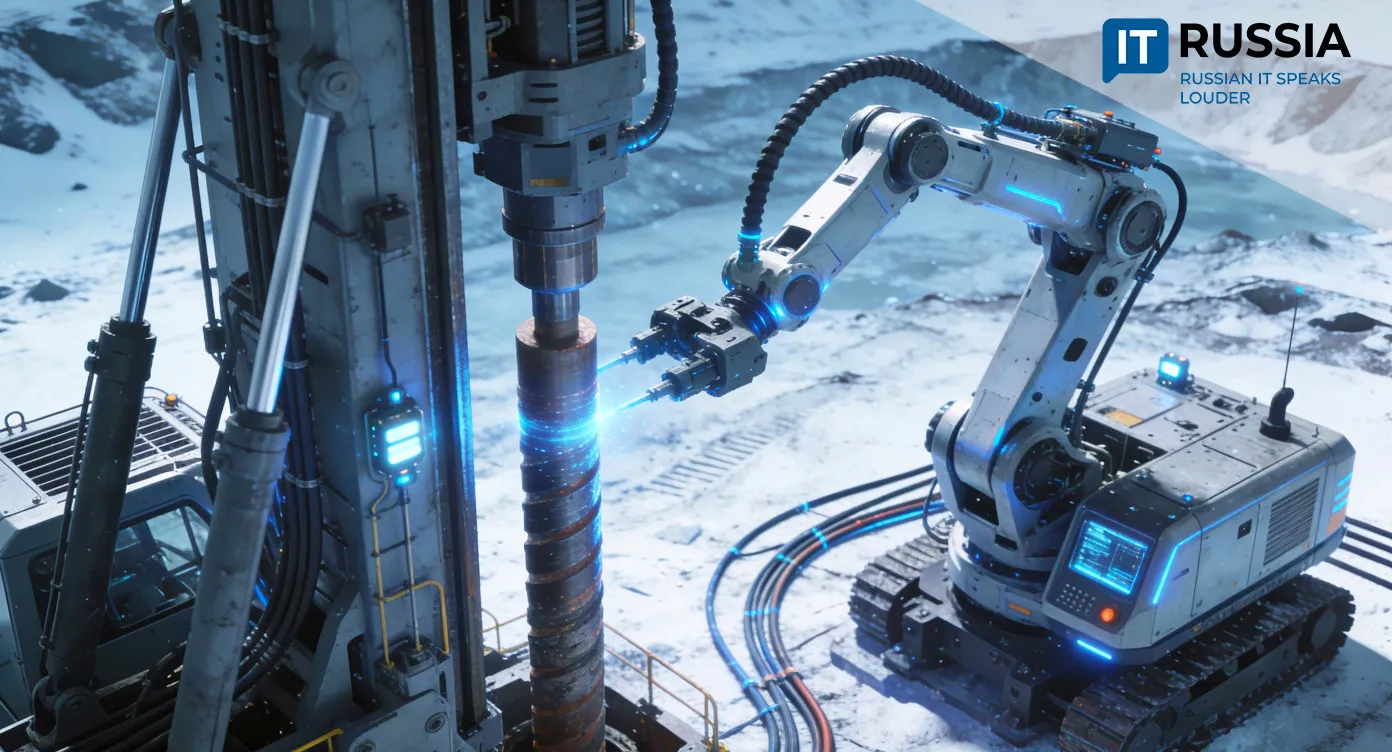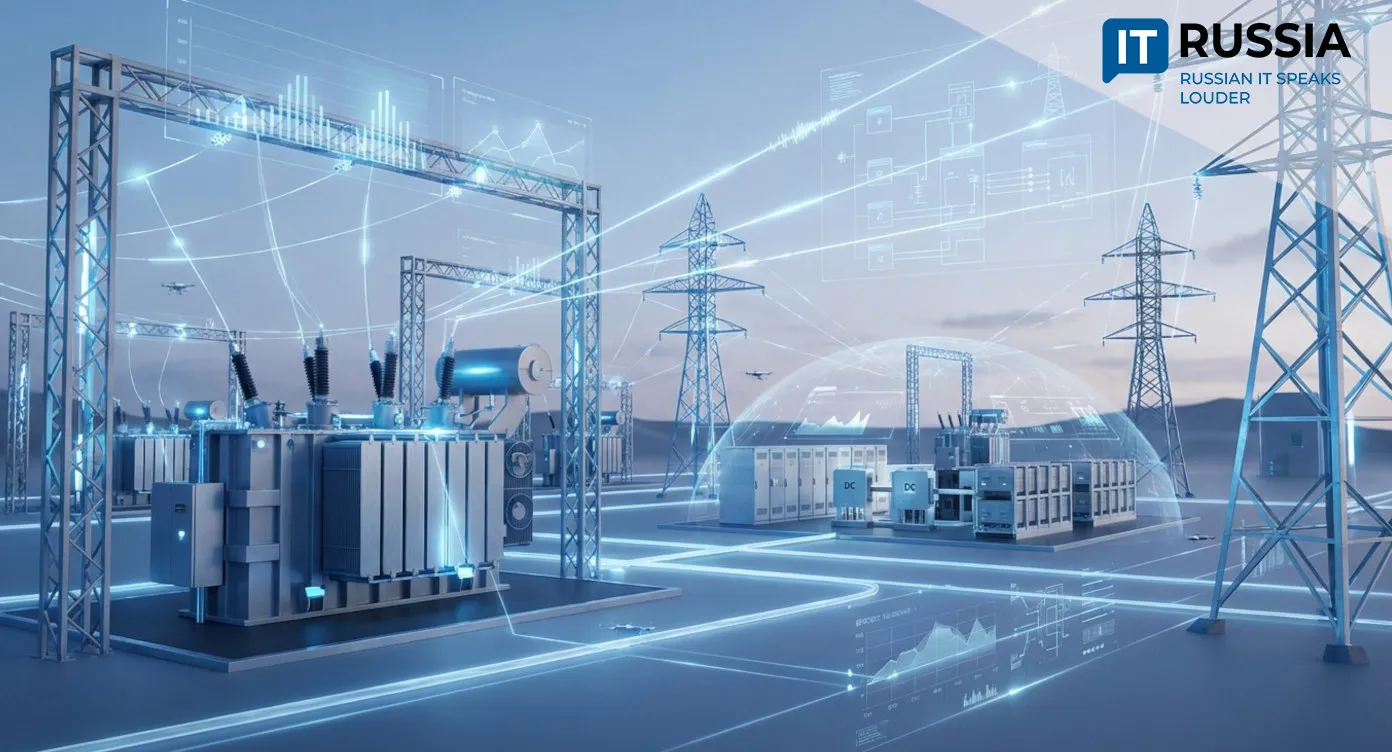M2M Technologies: How Smart Meters and IoT Are Transforming Utilities in Russia
The digital transformation of Russia’s housing and utilities sector has moved from experimentation to structured deployment. At its core are M2M technologies, enabling automated data exchange between devices.

How M2M Works in Utilities
The introduction of M2M into utilities enables integrated systems that radically change approaches to managing apartment buildings and urban infrastructure.
A classic system is built on three key components.
First are the measuring devices: smart meters for water, electricity, and gas, along with leak detectors, and temperature and pressure sensors.
Second are the communication channels. Both wired and wireless technologies are used for data transmission. Energy-efficient LPWAN networks (LoRaWAN, NB-IoT) have become especially popular in the sector, allowing devices to run for years without battery replacement and providing stable signals even in basements and wells. In 2024, LoRaWAN was granted national standard status in Russia, making it eligible for public procurement.
Third are the software and data analytics platforms. They collect information, analyze anomalies, generate bills, and automatically issue alerts to dispatchers.
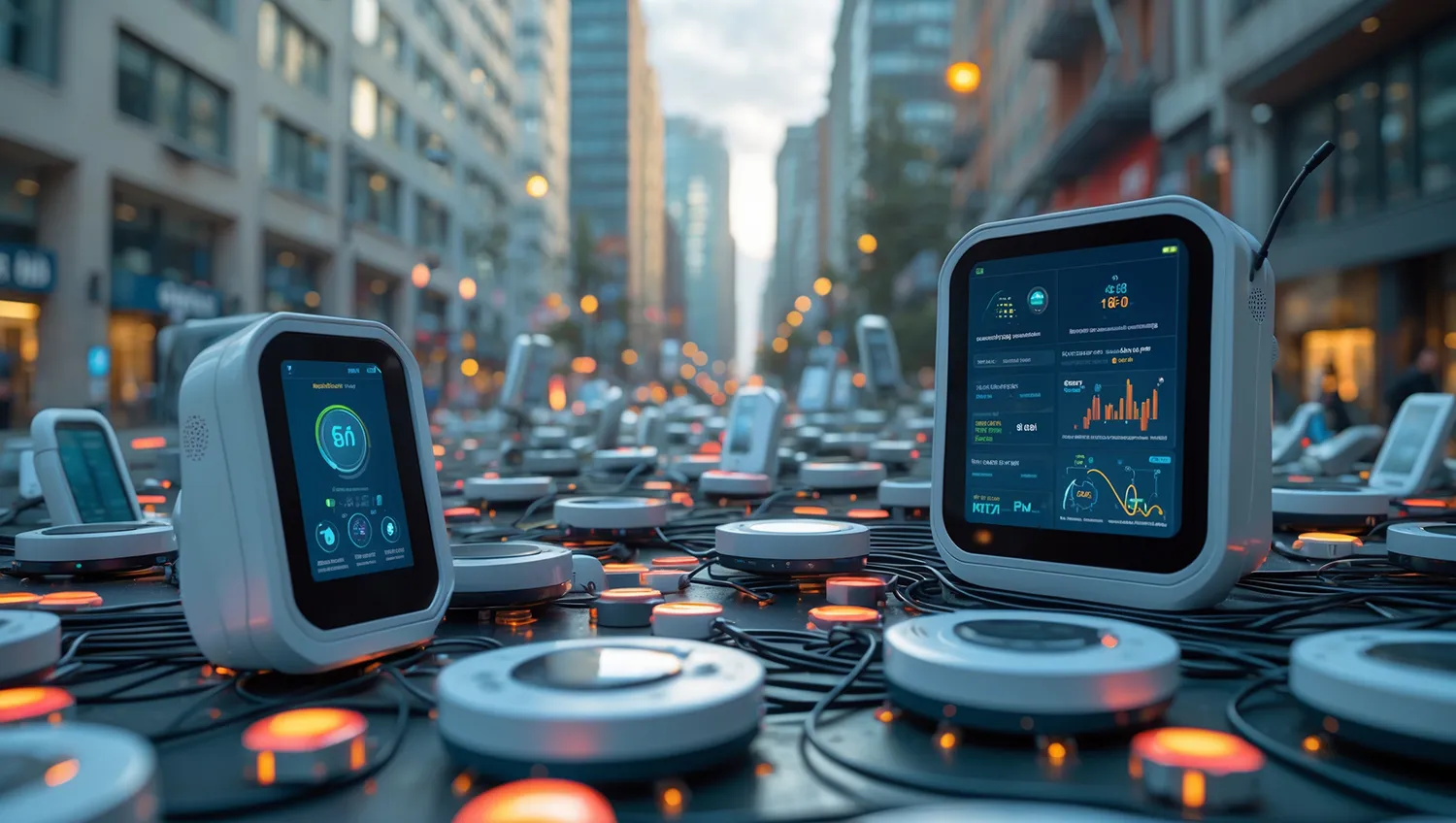
System-Wide Benefits of M2M
For residents, M2M technologies ensure transparent billing strictly based on actual consumption, eliminate the need for manual meter readings, and allow for faster emergency response—the system reports problems before they become noticeable to tenants.
For utilities and resource-supplying organizations, automated data collection sharply reduces labor costs and eliminates human error. Data analytics can detect leaks, unauthorized connections, and optimize resource usage. Another important outcome is a reduction in unpaid bills.
For the sector and the government, overall resource losses are reduced, while reliable datasets support management decisions and guide network modernization planning.
Steady Progress Ahead
The legal foundation for this process in Russia was laid in 2018 with the adoption of Federal Law No. 522-FZ, which required energy companies to install smart electricity metering systems. Strategic development of the sector is further reinforced by the government’s Housing and Utilities Development Strategy through 2030.

Standardization has also become a turning point: in February 2025, new national GOST standards regulating the architecture and equipment classes of “smart apartment buildings” will take effect. This harmonizes approaches and simplifies integration of solutions from different vendors.
Current Trends and Growth Prospects
Russia’s IoT utility market continues to expand steadily. By the end of 2024, about 13 million smart meters had been installed nationwide—21% more than the previous year. Major players such as Rosseti and Rostelecom are rolling out large-scale projects deploying hundreds of thousands of devices across regions from the North Caucasus to Nizhny Novgorod.
The growth outlook extends well beyond the domestic market. Experts point to the strong export potential of Russian IoT solutions and standards—such as the recently standardized MIRT protocol—for countries in the EAEU, Africa, and the Middle East. This aligns with global trends: in Europe, smart metering continues to expand, with multimillion-dollar contracts signed by companies like Aqualia and SUEZ with Vodafone.
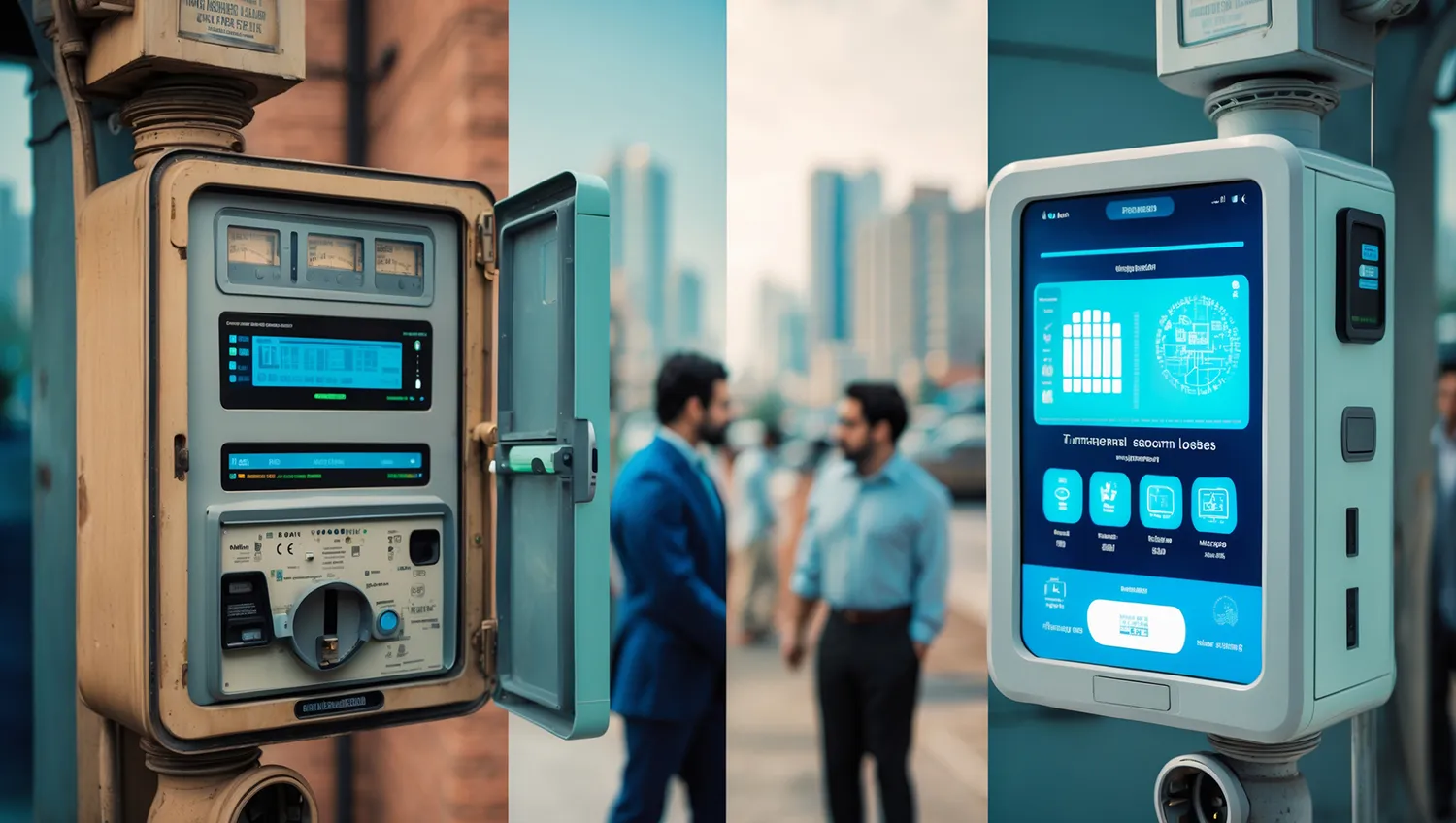
In this context, the digitalization of utilities based on M2M technologies has shifted from a futuristic vision to a current reality and inevitable standard. It is creating a fairer, more efficient, and more sustainable utility system that benefits consumers and the sector as a whole.



